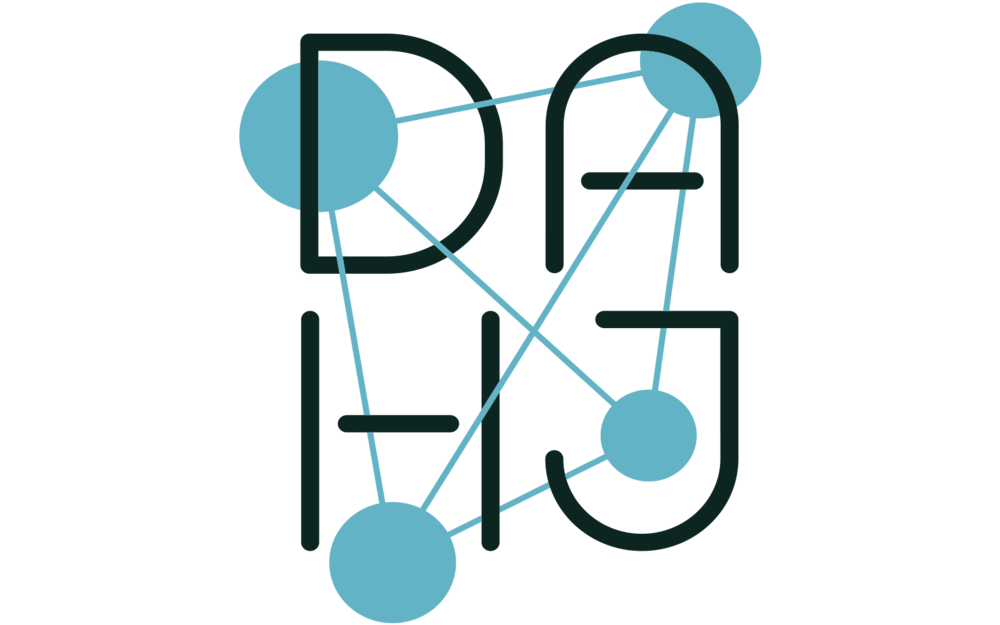Sophos, Psyche, Philoi, and Eudaimonia from Computational Æsthetics (CÆ), 2020
AI-generated images (Generative Adversarial Networks, Convolutional Neural Networks, Digital Image Software, 3D Modeling Software)
Metamorfos, 2023
AI-generated 3D sculpture (Generative Adversarial Networks, Convolutional Neural Networks, Digital Image Software, 3D Modeling Software)
Héctor González is interested in the intersections of art, philosophy, and technology. His ongoing series, Computational Æsthetics (CÆ), investigates the subconscious of AI technologies through an interplay between machine learning and the human mind. Trained on images of classical Greek sculpture, the generated images in this series are inspired by concepts pioneered by philosophers of the same era. Ideas of Sophos (wisdom and knowledge), Psyche (soul, consciousness, self-awareness), Philoi (friendship and mutual respect), Eudaimonia (flourishing and fulfillment), and Metamorfos (transformation) manifest in the digital images and sculpture. Each example comments on the interplay between thought and action while visualizing the histories of Pythagoreanism, Platonism, Stoicism, Aristotelianism, and Greek mythology. By extension, the series raises the question of ethics in artificial intelligence – how much do these technologies adhere to philosophical or ethical considerations of the Western world? Should AI be trained with these cultural values and considerations in mind?
Computational Æsthetics Publication
Artist Bio
Héctor González is a media artist currently based in Vienna and Munich. His artistic pursuits revolve around investigating the intricate interplay between technology, art, and the human spirit. Héctor employs an approach that integrates diverse disciplines such as science, philosophy, art, and humanities. Through his work, he explores the spiritual issues that arise from the convergence of technology and humanity, science and soul, and strives to examine the multifaceted nature of human existence in our ever-changing digital era. His creative practice primarily revolves around video creation and the principles of Artificial Intelligence. He believes that AI can serve as an invaluable tool for delving into the intricate psychological and philosophical musings of the human mind. With this medium, he aspires to capture the existential desires and aspirations of mankind and translate them into experimental artworks. Furthermore, he regularly explores various media genres, such as Bio, 3D, and Glitch Art, integrating them with traditional techniques like painting and sculpture to create mixed media installations. This approach allows him for a multidimensional exploration of concepts and ideas, blurring the boundaries between the physical and digital realms.
Héctor holds a Bachelor's degree in Audiovisual Communication from the Universidad Complutense of Madrid, a Master's degree in Media Art from the University of Dönau-Krems in Austria, and is currently pursuing a degree in Museology from the Universidad Europea Miguel de Cervantes.
Héctor González On the Subconsciousness of AI:
“I think that some of the problems one may have when using AI systems or neural networks for an artistic production are mainly related to the datasets used to train the machines, and very specifically the issue of dataset bias. I think bias is particularly problematic because it limits the ability of the system to produce visual artifacts without any cultural or aesthetic influence. I remember this happened to me in some of my past AI experimental projects. One time, I used a neural network to explore the concept of body aesthetics, to produce images to support visually some texts, of an essay I was writing. But the machine I remember, was showing all the time results of very muscled, very masculine bodies in athletic poses, without including any other body types such slim, fat, skinny bodies, or more regular form standard bodies aesthetics. The images did not even include any feminine bodies in the outcome. This was really really strange. This is a clear example of dataset bias, where the machine associates the concept of "body aesthetics" only to this kind of male bodies. The bias was so strong that it was almost impossible to work on the concept I wanted due to the limitations of the machine to produce some synthetic images with different aesthetics, and not only male body oriented.”
“I believe that the relationship between an AI system and an artist should be more than just considering the computer as a tool. I mean most of the times, we use the machine to produce aesthetic artifacts, or literary forms, or data sets through automation, with prompts… or with orders, we could say. … like create this, or write that, or do it in this way, no this is bad, this is bad, do it again, do it better... This is okay for sure, and they are created for this purpose, but it's a very cold way to implement AI in a creative process. I think an AI system can contribute to artistic production in a more humanistic perspective, I mean, computers are not just simple technological tools, of course you can consider them so, but I see them more as synthetic entities that engage in thinking for us, in a kind of imitation game, in a human-imitation game in certain way we could say. I think this perspective humanizes the machine's role a little bit better, because gives attribution, because it receives together with the artist the same role in the authorship of the artwork. The artist and the machine are, at the same time authors and tools in the project, in the work of artistic production. From one side the artist uses the machine as a tool to generate the artwork, and from the other side the machine uses the artist to give meaning, to give substance to the algorithm thinking, making it more human, and more real. I think in the end, we are training computers to be more, more like us, to learn from us to become themselves, but at the end, the very end, to be more like ourselves, like human. I see this relationship a little bit more interesting than just considering them as a simple data processing system in the artistic production.”

